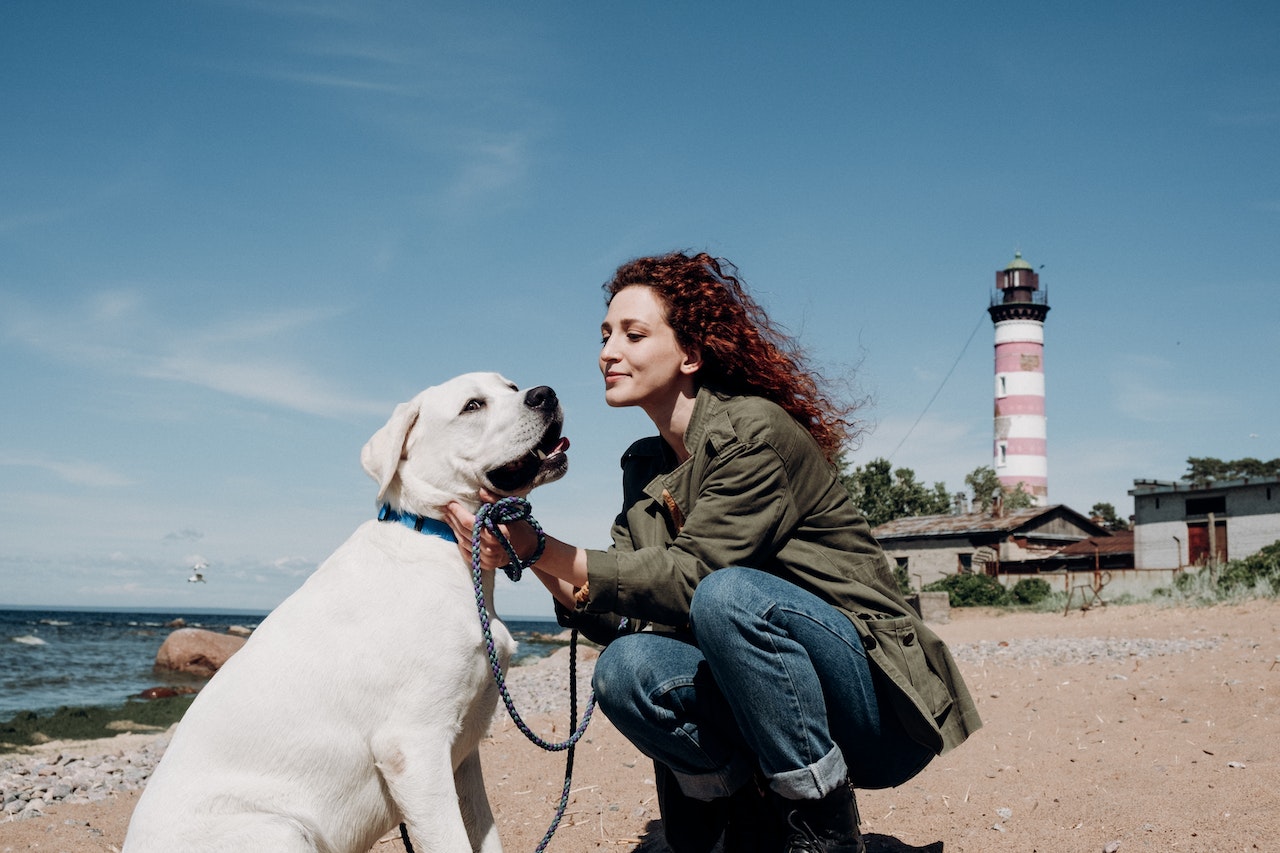How to Use a Dog Shock Collar
If you’re considering using a dog shock collar, it’s important to have a clear understanding of how to use it properly. Shock collars can be effective training tools when used correctly, but they must be used responsibly and with caution. In this article, I’ll provide you with some guidelines on how to use a dog shock collar effectively and safely.
Firstly, it’s crucial to choose the right shock collar for your Labrador or any other breed of dog. Look for a collar that is specifically designed for training purposes and has adjustable settings for intensity. This will allow you to tailor the level of stimulation based on your dog’s temperament and response.
Before using the shock collar, make sure you thoroughly read the manufacturer’s instructions and familiarize yourself with its features. It’s essential to start with the lowest setting and gradually increase it if necessary. Always test the collar on yourself first to understand what your dog will experience.
When using the shock collar during training sessions, remember that timing is crucial. Use the remote control to deliver the correction immediately after your dog exhibits an undesirable behaviour or fails to respond to a command. This helps create an association between their actions and the consequence.
Remember, a shock collar should never be used as a form of punishment or aggression towards your Labrador or any other dog breed. It should only be considered as a last resort for specific training needs under professional guidance.
By following these guidelines and using positive reinforcement techniques alongside the shock collar, you can effectively train your Labrador while keeping their well-being at the forefront. Remember that every dog is unique, so always consult with a professional trainer if you have any doubts or concerns about using a shock collar correctly.
Getting Familiar with the Different Types of Dog Shock Collars
When it comes to choosing the right dog shock collar for your Labrador, there are a few key factors to consider. As an expert in dog training, I understand the importance of finding a collar that is safe, effective, and suitable for your specific needs. Let’s delve into some important points to keep in mind when selecting a dog shock collar for your beloved Labrador.
- Size and Fit: Labradors come in different sizes, so it’s crucial to choose a shock collar that fits properly. Ensure that the collar is adjustable and can be comfortably secured around your Labrador’s neck without causing any discomfort or restriction.
- Training Goals: Determine what specific behaviors you want to address with the shock collar. Are you looking to discourage excessive barking or prevent your Labrador from straying too far during walks? Understanding your training goals will help you select a collar with the appropriate features and settings.
- Range and Stimulation Levels: Consider the range at which the shock collar operates. If you plan on using it during outdoor activities such as hiking or hunting, opt for a model with an extended range. Additionally, look for collars with multiple stimulation levels so you can customize the intensity based on your Labrador’s sensitivity and response.
- Safety Features: Your Labrador’s well-being is of utmost importance, so prioritize safety features when choosing a shock collar. Look for collars that have built-in mechanisms to prevent accidental shocks or prolonged stimulation periods.
- Brand Reputation: Research reputable brands known for producing high-quality dog training equipment. Read reviews from other Labrador owners who have used these collars to get insights into their experiences.
Remember, using a dog shock collar should always be part of a comprehensive training program that includes positive reinforcement techniques and consistency in rewarding desired behaviors. It’s essential to consult with professional trainers if you’re unsure about how to use the device effectively and safely.
By considering these factors when selecting a dog shock collar for your Labrador, you can make an informed decision that promotes effective training while ensuring the well-being of your furry friend.
